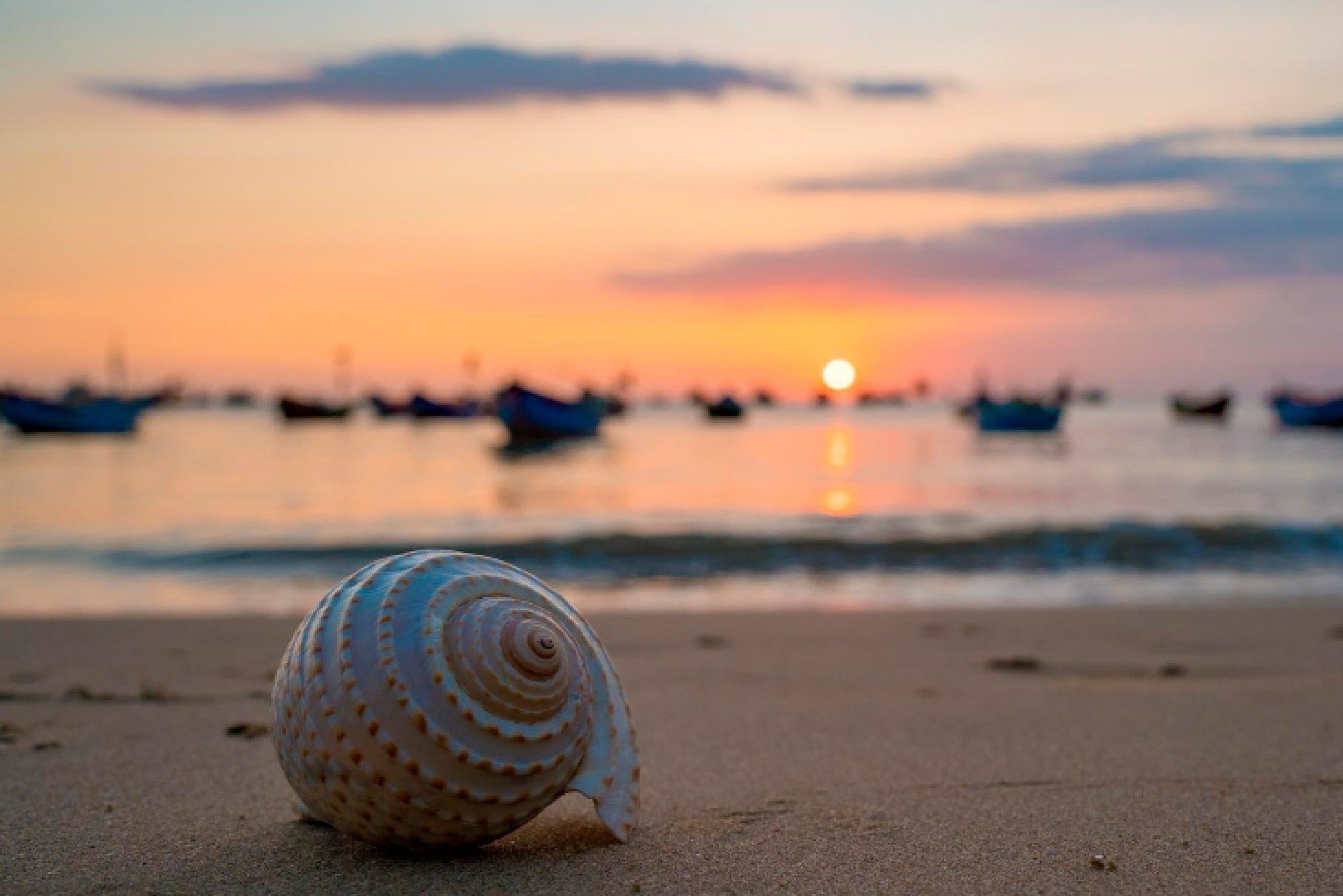Matalascañas Curiosities: Fascinating facts about this beach town
Matalascañas is one of the most important port cities in Andalusia and an important tourist destination in southern Europe. The city has more than 8 million tourists who visit it annually, making it the most visited city in Andalusia.
The history of this coastal town is closely related to its geographical location. It was founded by the Phoenicians and then controlled by Carthaginians, Romans, Visigoths and Muslims before being conquered by Castile and Aragon in the 14th century.
Matalascañas is considered a "vibrant" city with numerous cultural events, from music festivals to sporting events. The city also has a number of museums that allow visitors to learn about history and culture.
Fascinating curiosities about Matalascañas
Did you know that Matalascañas is famous for the production of olive oil and sherry wine? It was also used as a filming location for films such as "The Dictator" and "Game of Thrones".
Another curiosity about this town is that its oldest building in Matalascañas is the Church of Santiago, which was built in 1682. This church was built with the most precious materials available at that time, mainly tall columns and intricate moldings. It is one of the best examples of baroque architecture on the southern coast of Spain.
The name "Matalascañas" seems to derive from "killing the reeds". The Catalans who populated the region at the end of the 15th century called it Matalascañas in reference to a group of dry reeds that grew there. The origin of the name is related to how the first Residents cut and burned the reeds that lined the banks of the rivers and streams to get rid of them.
The famous elephant statue was created in honor of the Matalascañas Elephant, a large African elephant that lived in the region from 1881 to 1937. The statue is an incredible work of art that is one of the most famous sculptures in the world. There is an inscription on the front of his monument to commemorate this elephant, and it reads: "To remember this animal for the memory of him will never die and the spirit of him will always live."


